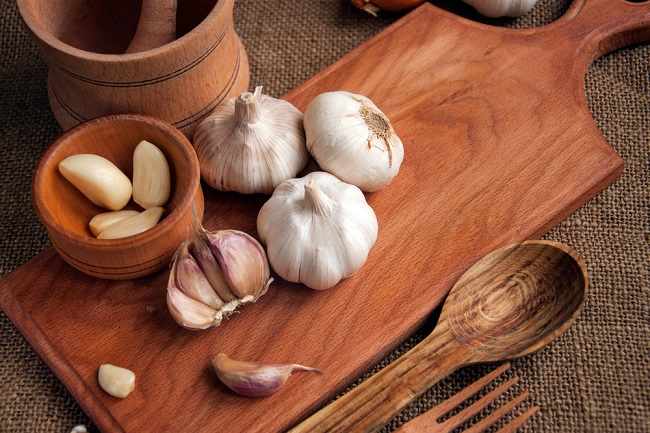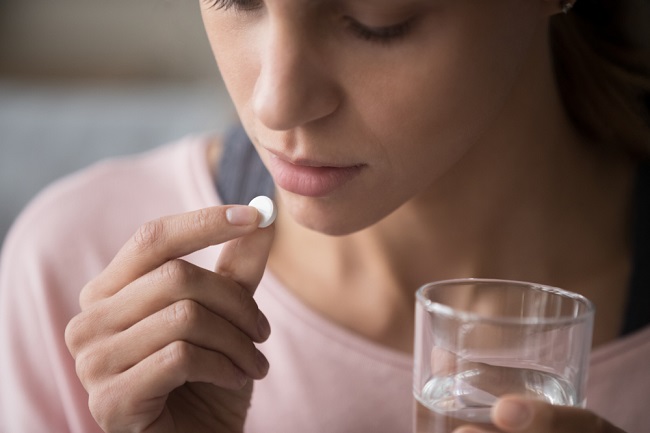When the kidneys are not functioning optimally in removing the remnants of metabolic products or reducing excess fluid in the body, then this kidney function can be replaced by hemodialysis (dialysis). To understand more about hemodialysis, consider the following explanation:.
Hemodialysis or better known as dialysis procedure is the process of cleaning the blood of substances that are not needed by the body using a special machine. Hemodialysis is needed if the kidney function in the body has been impaired.

Apart from cleansing the blood, this method can also help control blood pressure and balance vitamin and mineral levels in the body. Usually, this treatment procedure is used in patients with end-stage renal failure.
How Hemodialysis Works
Hemodialysis method can be done by inserting two needles into a vein in the arm. The two needles are attached to a flexible plastic tube that is connected to a blood-purifying filter or dialyzer. Slowly, the blood is then pumped through one of the tubes from the body into the body dialyzer to be filtered. The filtered blood is then pumped back into the body through another tube.
During the dialysis process, the patient can sit in a chair while watching TV, reading a book, or sleeping. The duration of this dialysis session is about 3-4 hours. A patient who wants to undergo dialysis with this method can do it in a hospital or dialysis center, three times a week or as recommended by a doctor.
Although it is useful in maintaining the availability of clean blood in the body, hemodialysis cannot be separated from various side effects. Some side effects that may occur during or after the hemodialysis process include low blood pressure, irregular heartbeat, muscle cramps, headache, fatigue, itchy skin, nausea and vomiting, and infection.
Foods to Limit While Undergoing Hemodialysis
Eating the right foods and drinks can help you improve your health during the hemodialysis process. Doctors may ask the patient to limit certain foods while still undergoing the hemodialysis procedure.
Here is a list of some substances that need to be limited in the diet:
- FluidAfter you do the hemodialysis method, your doctor or nutritionist will determine how much fluid you can consume each day. Limiting fluid intake is so that the body does not experience excess fluid, due to decreased kidney function to filter fluids.
- PhosphorDuring the hemodialysis procedure, you are advised to limit the consumption of foods that contain phosphorus. This is to prevent muscle cramps and low blood pressure. In addition, consuming too much phosphorus can also weaken bones and make the skin itchy. Therefore, avoid eating foods that are high in phosphorus, such as milk, cheese, dry beans, peas, soda, and peanut butter.
- Potassium (potassium)Eating too much potassium when your kidneys are sick can harm your heart and even cause death. Consuming too much potassium can affect your heart rate. Therefore, you are advised to limit foods that have a high potassium content, such as oranges, bananas, tomatoes, dates, and potatoes.
- SaltAnother substance you need to limit during hemodialysis is salt (sodium). Limiting salt intake can help you control your blood pressure and reduce the risk of excess weight gain due to fluid buildup. Avoid foods that are high in sodium or sodium, such as instant noodles, canned foods, and crackers.
Instead, you are encouraged to eat foods that contain protein, such as fish, chicken, and eggs. The point is to replace protein intake that is wasted when the dialysis process takes place. In addition, protein foods produce less waste during hemodialysis.
Hemodialysis can improve the quality and life expectancy of patients with kidney failure, although this procedure cannot cure chronic kidney disease or advanced kidney failure. If you feel any complaints after hemodialysis, you should immediately consult a doctor. Everyone may have a different reaction to the medical procedure.









